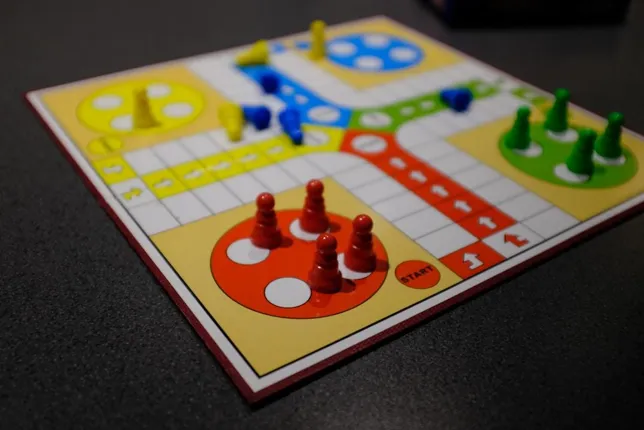Creative Breaks: How Play Enhances Focus and Productivity for Serious Students
Amid the bustling rhythm of academic life, students often find themselves caught in an endless cycle of study and stress. The pursuit of educational excellence naturally involves considerable dedication and hard work, but there’s a missing piece in the puzzle of peak performance that’s frequently overlooked: the power of play. While traditionally associated with childhood, play holds remarkable benefits for individuals of all ages, especially those immersed in rigorous learning. Below, we explore how incorporating play into the routine can significantly enhance focus and productivity in students.
The Science of Play: Unlocking Enhanced Focus and Productivity
Play enhances cognitive function by stimulating neural pathways, boosting creativity, problem-solving, and adaptability. It releases dopamine and serotonin, improving mood, focus, and memory retention. By incorporating playful activities into daily routines, students and professionals alike can refresh their minds and enhance learning efficiency.
Beyond cognitive benefits, play combats stress and burnout by introducing joy and unpredictability. Despite misconceptions that playfulness lacks seriousness, research shows it fosters resilience and curiosity. Whether through games, hobbies, or even free slots for relaxation, engaging in play promotes long-term mental agility and emotional well-being.
Play and the Student Mind: Balancing Work with Creative Breaks
Students often feel pressured by academic responsibilities and limited time. Integrating play into their lifestyle can boost efficiency. Short breaks of playful activity, such as yoga poses or outdoor walks, can provide a mental reset and help students focus on their studies. This balance between work and play is crucial, as it can be a powerful tool for discipline and maintain stamina.
By incorporating strategic playtime into their study routine, students can recognize the link between a well-rested mind and academic achievements, fostering a more humane and sustainable approach to scholastic pursuit. This balanced approach promotes a more humane and sustainable paradigm for scholastic pursuit.
From Doodles to Puzzles: Types of Play that Boost Academic Performance
Various forms of play can enhance cognitive benefits for students. Visual arts, such as sketching and painting, engage the right hemisphere of the brain, providing a balance between logical and creative tasks. Mental games, like puzzles and chess, require critical thinking and problem-solving skills, enhancing cognitive abilities.
Physical play, like sports or walking, provides oxygen-rich blood to the brain, energy levels, and stress relief, promoting focused study sessions. Integrating physical activity into playtime can improve mental clarity and concentration. Social play, like group games or leisure activities, fosters communication skills, empathy, laughter, and companionship, providing a sense of connection with peers, promoting a healthy balance in students’ lives.
Scheduling Playtime: Strategies for Integrating Breaks into Study Routines
Effective time management helps students balance play and study by scheduling breaks as intentionally as study sessions. Techniques like the Pomodoro Method promote focus by alternating work and rest, making play a purposeful part of learning rather than a distraction. Clear goals and deadlines also ensure that students take breaks guilt-free, viewing them as essential for maintaining productivity.
Matching play to study tasks further enhances learning—physical activity can refresh the mind after intense cognitive work, while creative play supports memory retention. As rigid schedules evolve, educators recognize the value of structured downtime. An educational leadership program online may emphasize integrating play into curricula to foster well-rounded, mentally resilient students.
Measuring the Impact: Play’s Role in Attention Span and Learning Retention
Play has been linked to improved learning outcomes, including attention span, retention, and test scores. Studies have shown that students who incorporate play into their routines report feeling less overwhelmed and more capable of managing their academic workload. Tools like mindfulness and biofeedback can measure the soothing effects of play on the brain, showing a decrease in stress levels and increased focus following play intervals.
This evidence supports the value of play in the classroom, leading to more proactive and engaged students. The educational landscape is increasingly accepting that a well-rounded student experience is not antithetical to rigorous study, and playtime is becoming an intrinsic part of scholastic success, promoting a more dynamic and potent approach to learning.
Overall, the incorporation of play into study routines manifests as a powerful strategy for students aiming to bolster their cognitive abilities and combat burnout. It’s a clear testament to the philosophy that a keen mind needs timely rest and an avenue for expression to reach its fullest potential. Both play and study can coexist in a balanced, enriching educational experience—one that prepares students not only for the rigors of the classroom but for the complexities of life beyond it.







